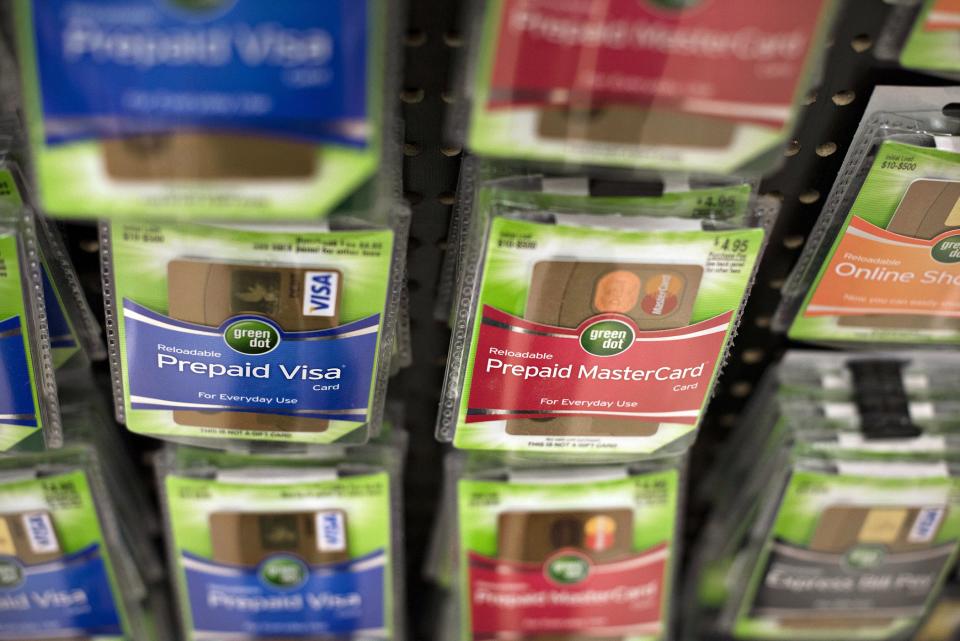Google Wallet and Venmo have a new regulator and they’re not happy

On Wednesday the Consumer Financial Protection Bureau (CFPB) released new rules governing prepaid cards, widely used by the low-income consumers in lieu of a debit card for everyday transactions. Some prepaid credit cards offer FDIC insurance, but overall they don’t provide the same consumer protections as standard banks and cards, including rights when there are errors, fraud protection, lost card protection, late fee and interest charge limits—just to name a few things in the 1,689 page ruling, most of which goes into effect in October 2017.
Most notably, the new rules are a reaction to the industry’s fee-heavy landscape, and require clearer transparency and disclosure. For a consumer base for which a small fee could mean the difference between school supplies and food, standardizing fee disclosure could make a meaningful impact. Balances on prepaid cards have grown from $1 billion in 2003 to $65 billion in 2012, and will double that by 2018, according to the CFPB. Right now, 102 million prepaid cards are expected to be acquired this year, many of which have hidden fees. For example, CreditCards.com noted that a month of 20 purchases, four ATM withdrawals, and four cash reloads could net almost $36 in fees—and this is with a “low-cost” Green Dot card.
But it’s not only prepaid cards that fall under the ruling: Services like PayPal’s Venmo (PYPL) have found themselves looped into new compliance, because, like prepaid cards, they allow users to keep a balance, which, though virtual and not always FDIC-insured, is as good as money.
Furthermore, the two are connected. A survey cited in the rule found 15% of mobile payment funding came from cards from non-financial institutions like prepaid cards. While the CFPB didn’t remark on any digital wallet practices it deemed troublesome, the bureau noted the lack of standardization in funding and processing of payments in the increasingly popular digital wallet space.
Like the prepaid industry, which called the rule “overly broad,” Google and PayPal did not welcome the inclusion. “PayPal acknowledges that there are some high-level similarities between prepaid cards and digital wallets,” John Muller, VP, Global Payments Policy wrote in 2015 during the public comments period. “However, these high-level similarities belie the fact that prepaid cards and digital wallets are fundamentally different products with different consumer use cases. We are concerned that applying identical rules to those products would do a disservice to the industry and consumers alike.”
Similarly, Google did not take the proposed rule well, calling for the agency to remain “sensitive to the uniqueness of digital wallets as compared to traditional prepaid products,” in its public comment in March 2015, which urged against “overregulation.” As of January there were 179 million Venmo and PayPal users, and though current data is spotty given changes in Google Wallet, there were around 17 million in 2014.
For now, however, the rule doesn’t necessarily mean that much for these companies, which include any digital wallet company that carries a balance, given that, for the most part, they don’t charge fees the way prepaid cards do. But according to the CFPB, “If fees do become standard in this space, consumers ought to know what those fees are and when they will be imposed.”
Ethan Wolff-Mann is a writer at Yahoo Finance focusing on consumerism, tech, and personal finance. Follow him on Twitter @ewolffmann.
Read more:
Amazon’s free stuff policy wrecks its reviews
Where is the $60 million Wells Fargo clawed back from its executives going?
Basic math shows why chip cards are sending ripples through retail
Beware these risks before using Facebook’s new Marketplace
Google’s new Pixel phone has a huge advantage over other Android phones
